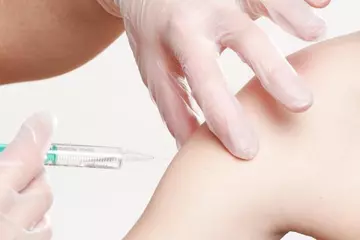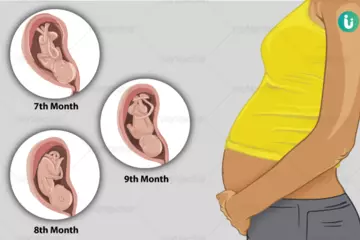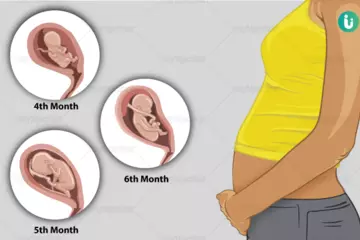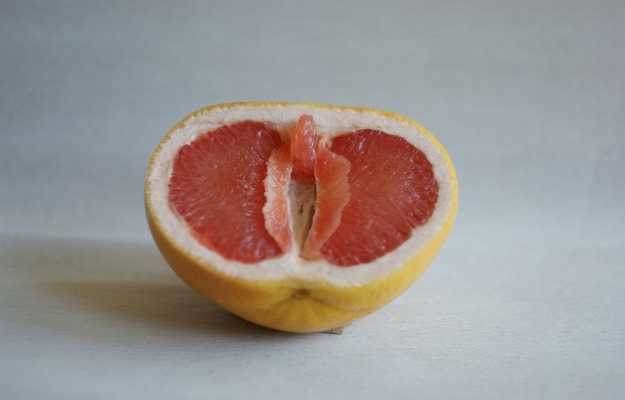What is local anaesthesia?
Local anaesthesia is a common medical procedure performed to produce numbness in a small fixed area anywhere in the body. The mechanism of action involves the inhibition of the conduction of impulses in peripheral nerves or depression of excitation in nerve endings which leads to loss of sensation.
Why is it done?
Local anaesthesia is used to numb a small area or part of your body for the following reasons:
- In order to perform a painless surgical procedure while you are awake, calm and have the ability to tolerate discomfort.
- In order to give symptomatic relief from pain in the case of ulcers, trauma or labour during childbirth.
- Sprays, ointments or injections of a local anaesthetic solution are used when nerves can be easily reached.
Who needs it?
Local anaesthesia is required for patients undergoing certain surgical procedures such as:
- Wisdom tooth or severely decayed tooth removal or deeply carious tooth restorations.
- Cataract surgeries or other types of eye surgeries.
- Minor surgeries that involve the removal of moles or warts.
- During invasive investigations like biopsy and angiography.
- Patients undergoing surgeries where one has to or wants to remain awake, as in brain surgery.
- During the post-operative healing period after a major surgery which was done under general anaesthesia
How is it performed?
There are numerous methods of administering local anaesthesia:
- Topical local anaesthesia
This is applied on the skin surface of the area to be anaesthetised. A local anaesthetic is used in the form of a gel, cream, spray or a patch. - Sub-cutaneous local anaesthesia
Here the patient is administered an injection to numb the nerves supplying the skin and area below the skin or membrane surface. - Regional anaesthesia
This procedure provides a more generalised form of anaesthesia and has the following types:- Epidural anaesthesia
A local anaesthetic is injected into the space surrounding the fluid-filled sac that protects the spinal cord. It is predominantly used in surgeries of the lower abdomen and lower limb region. - Spinal anaesthesia
A local anaesthetic is injected into the fluid-filled sac around the spinal cord, thus numbing the area. - Peripheral nerve block
A local anaesthetic is injected in the area of the main nerve trunk in order to anaesthetise specific areas supplied and stimulated by the nerve and its branches.
- Epidural anaesthesia

 OTC Medicines for Local Anesthesia
OTC Medicines for Local Anesthesia















